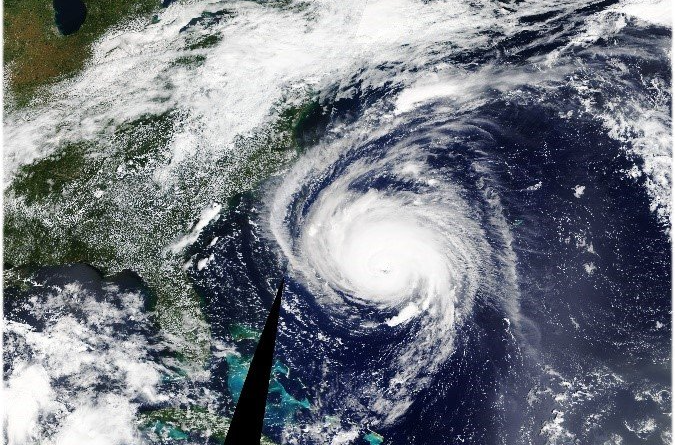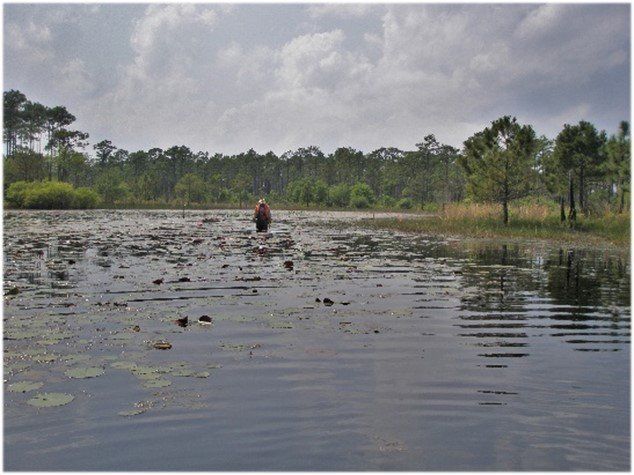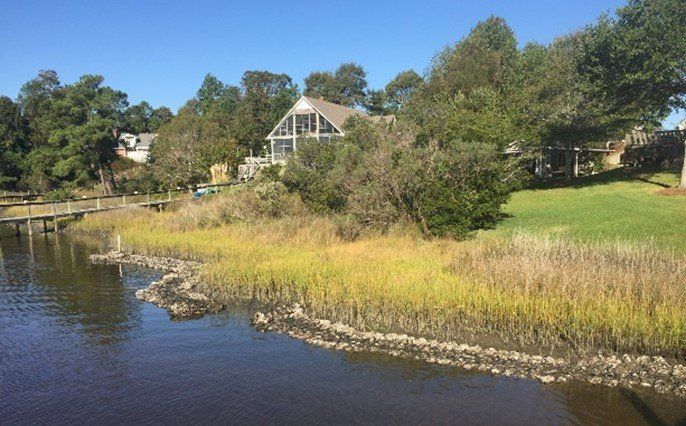Wetlands and Climate Change
There are a number of existing wetland protection programs in place in the Carolinas, and these programs greatly benefit from volunteer contributions and involvement:
- North Carolina Department of Environmental Quality’s Division of Mitigation Services
- North Carolina Coastal Land Trust
- South Carolina’s Department of Health and Environmental Control
- North Carolina Coastal Federation
References
- NASA’s Climate Center “Overview: Weather, Global Warming and Climate Change” [Online]. Available: https://climate.nasa.gov/resources/global-warming-vs-climate-change/ [Accessed July 1, 2020].
- Economic impact of Florence: https://insideclimatenews.org/news/27122018/hurricane-damage-north-carolina-climate-change-2018-year-review-florence-michael-matthew#:~:text=Hurricane%20Florence%20produced%20a%20record,Carolina%20alone%20at%20%2417%20billion.
- Economic impact: https://www.newsobserver.com/news/technology/article215476785.html
- Health Impacts of Flooding: https://edmdigest.com/resources/florence-flooding/
- Kunkel, K.E., R. Easterling, A. Ballinger, S. Biligin, S.M. Champion, D.R. Corbett, K.D. Dello, J. Dissen, J.M. Lackmann, R.A. Lutteich, Jr., L.B. Perry, W.A. Robinson, L.E. Stevens, B.C. Stewart, and A.J. Terando, 2020: North Carolina Climate Science Report. North Carolina Institute for Climate Studies, 233 pp. https://ncics.org/wp-content/uploads/2020/06/NC_Climate_Science_Report_FullReport_Final_revised_May2020.pdf
- https://abcnews4.com/news/local/noaa-2019-was-the-2nd-hottest-year-on-record
- https://www.newsobserver.com/news/local/article222615945.html
- Association of State Wetland Managers: “Carbon Sequestration” [online] www.aswm.org.
- DCERP (2018). Defense Coastal/Estuarine Research Program 2 Final Report. Retrieved from https://dcerp.serdp-estcp.org/Portals/0/FinalReports/RC2245_DCERP2_Final_Report.pdf
- https://www.gfdl.noaa.gov/global-warming-and-hurricanes/
- Michener, W.K., E.R. Blood, K.L. Bildstein, M.M. Brinson and L.R. Gardner. Climate Change, Hurricanes and Tropical Storms, and Rising Seal Level in Coastal Wetlands. 1997. Ecological Applications, Vol. 7, No. 3, pp. 770-801.
- C. Kozak, “Restoration Work – A Test for Carbon Farming,” Coastal Review Online, 01-Aug-2019. [Online]. Available: https://www.coastalreview.org/2019/01/restoration-work-a-test-for-carbon-farming/. [Accessed: 11-Feb-2020].
Written by:

Heather Patti, PWS is a Senior Ecologist and Project Manager at TRC Companies, specializing in wetland and stream delineation, permitting and endangered species assessments for the renewable energy industry. Heather is a proud mother of 2 boys, Ben and Wyatt, and in her free time enjoys hiking, camping, botanizing and kayaking. She is a terrible fisherman.






